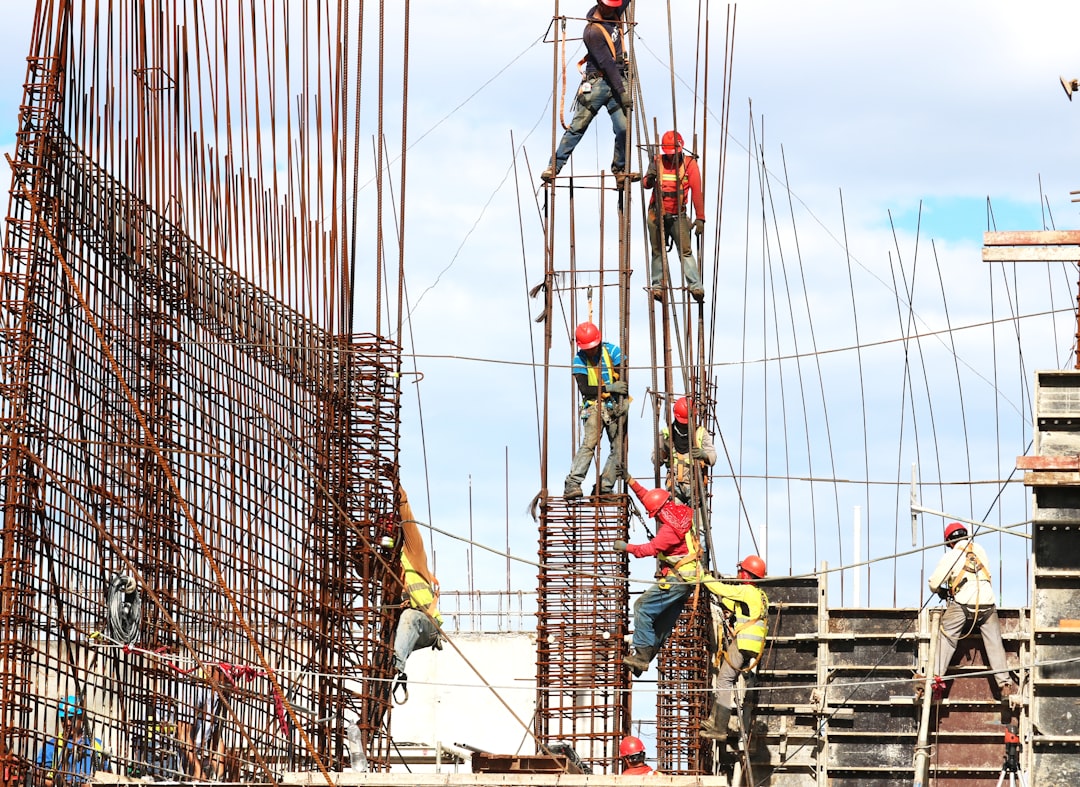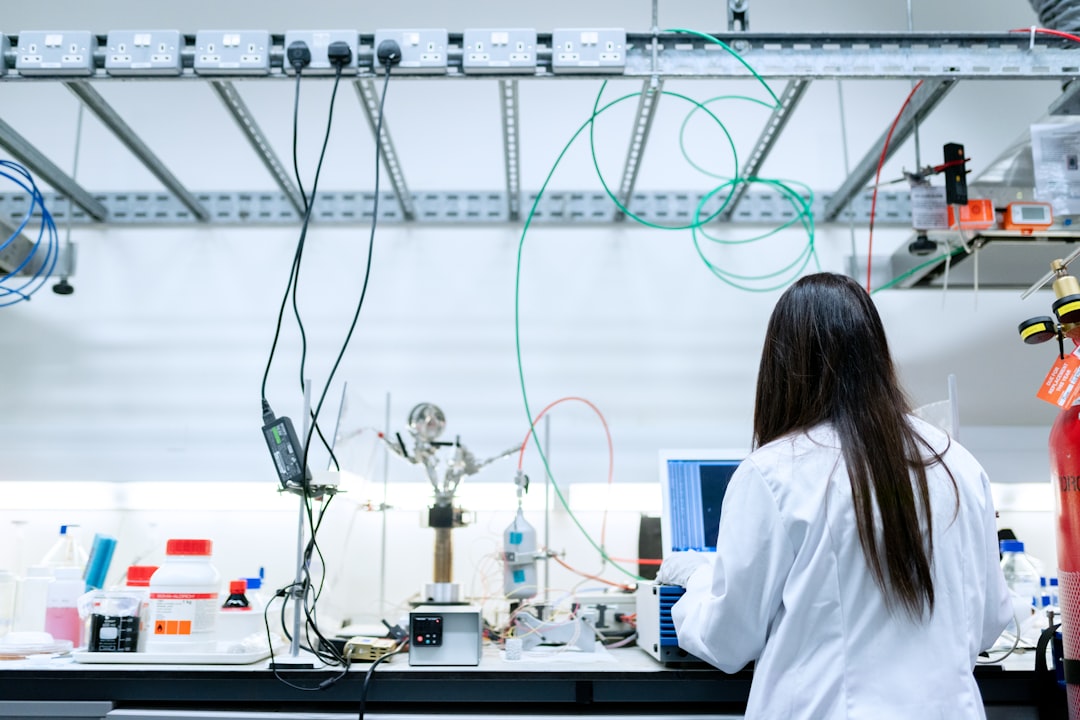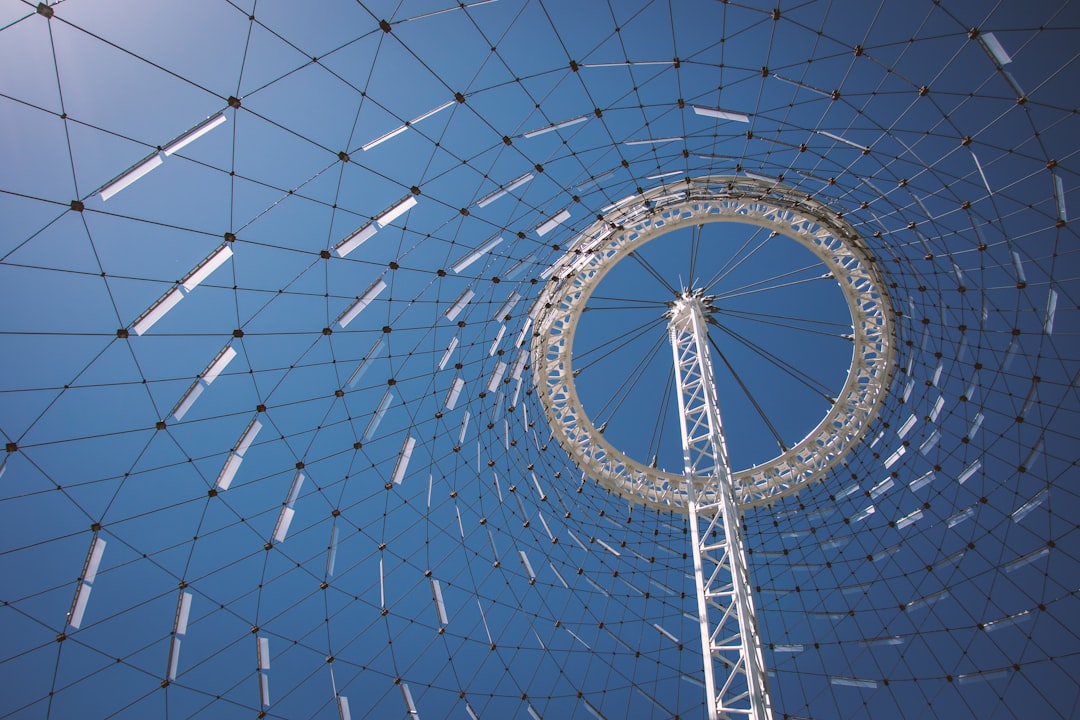As natural disasters increase across the world, people are looking for ways to keep their home and their lives from burning. The best way to prevent a home from burning down is to use an underground liquid nitrogen cooling system with tubes. An underground carbon dioxide cooling system with tubes uses a method called geomechanical engineering, which is the use of moving parts to reduce the heat of a fire. Geomechanical engineering has been used in the past to cool from fires, including the largest known fire in human history.
Fires continue to spread and stay heated through the size of the ash particles. These particles become “quantum” in nature and can continue to burn at this size for days and even weeks without flame. The carbon dioxide cold tubing is a geological engineering project to change and create sustainability through the geology of the earth. These quick cooling systems are quickly accessed by state firefighters to cool the spread and the heat of the underground ashes. The tubing system is drilled into place and then carbon dioxide is used to freeze the ground to prevent the spread of mass fire in residential and other geologically valuable areas. Future projects by the Eye of Unity include solar shielding to prevent global warming and help refreeze the polar icecaps.

The Carbon Dioxide Freezing Agent
The carbon dioxide freezing agent is made from carbon dioxide and water, and is the most common freezing agent in use. A freezing agent made from carbon dioxide can be used as a cheap and environmentally friendly alternative to traditional freezing agents. The process begins when carbon dioxide is mixed with water to form a brine, which is then pumped under high pressure into a chamber where it is cooled to -100 °C. The carbon dioxide is then removed from the chamber, leaving a mixture of water and salt. The salt is then separated from the water, leaving the desired ice that can then be used in a variety of commercial applications.
When water is frozen, it expands and makes the ice crystals bigger, which makes the ice congeal and solidify. However, when water is frozen at a temperature of 0 degrees Celsius or higher, it expands very slowly. If the ice is exposed to liquid or gas such as carbon dioxide, the carbon dioxide will dissolve in the water, making the water a lot less dense than normal ice. This causes the ice to expand faster – making it denser and more solid.
The denser ice is easier to move, which makes it a good candidate for use in construction.
Water is a non-toxic, non-flammable, non-corrosive liquid that is used in countless applications in homes, offices, and other areas. Water is also used in the production of various food and beverages, and in the manufacture of pharmaceuticals and personal care products. It is the most common substance on Earth because it is a relatively inexpensive, easily-accessible, renewable resource.

Underground Carbon Dioxide Cooling System
One of the most common methods of fighting fires is to use water. Water is a great way to fight fires, but water will not stop the heat of the fire. It will not stop the burning of the fuel, and it will not stop the spread of the fire.
A large underground carbon dioxide cooling system with tubes will stop the spread of the fire and allow the majority of the ash particles to freeze and stop the fire. This new invention is part of geomechanical engineering due to its size, which is a process of applying engineering principles to the geosciences. This process includes the use of geotechnical methods to analyze and design the construction of underground carbon dioxide cooling systems.
The tubes are placed in a number of vertical tubes called “bays” and buried 10 feet beneath the surface. The system is then connected to a central cooling unit and works by drawing in carbon dioxide from a storage tank and then cooling it to -320 degrees below freezing. The frozen carbon dioxide then travels through the tubes to the ground surface where it cools from top to bottom creating a geomechnical fire wall.
The system works by cooling the ground to well below freezing. Since the ground is frozen for 10 feet it will slowly spread cold against the heat of the fire, and the particles of ash will no longer be able to burn. This construction system secures the underground ash particles and forms a geomechanical firewall that is impossible to escape.

Basic of Geomechanical Engineering
Ashes or charcoal can burn in the ground for up to three years, but this depends on soil conditions. In places like California, fires consume entire neighborhoods and leave millions in damage every year. A ground drilling and cooling system that is large enough to spread up to one mile integrated with liquid nitrogen underneath the surface of the earth and deep into the hot ashes of an unstoppable fire would save a neighborhood invaluable and priceless damage to the sentimental items of California’s residents. This is what GeoMechanical Engineering can do for us as a people on the planet Earth to create a more sustainable environment.
Carbon dioxide as a freezing agent is a great method for stopping earth fires underground. When carbon dioxide is placed underground it helps cool the ground and creates a water-tight seal. This prevents water from reaching the earth’s surface and starts the fire under control. It is also possible to use various other methods to stop earth fires, but carbon dioxide is the cheapest and most effective way.

“The future of humanity is in the hands of geomechanical engineers.” -Henri Pirenne
—
“Geomechanical engineering is the only way to make the world safe for mechanical engineers.” -G.L. Stephenson
The largest known fire in human history happened on June 7, 1908 in Gebze, a town in Turkey. The fire was said to be the result of a lightning strike that started a fire in a pile of straw and then spread all over the town. The fire destroyed more than a million trees and burned over 100 square miles of land. The fire burned for four months before it was put out.
The fire was said to be the result of a lightning strike that started a fire in a pile of straw and then spread all over the town.
“The great empires of the world are built and broken on the same principles.” -Henry David Thoreau, American political philosopher and transcendentalist
—
“I am an engineer, not a prophet, and I can predict neither the future nor the past.” -Nikola Tesla, Serbian-American inventor, physicist, and mechanical engineer
Join Our Discord
Play To Earn NFT Games


